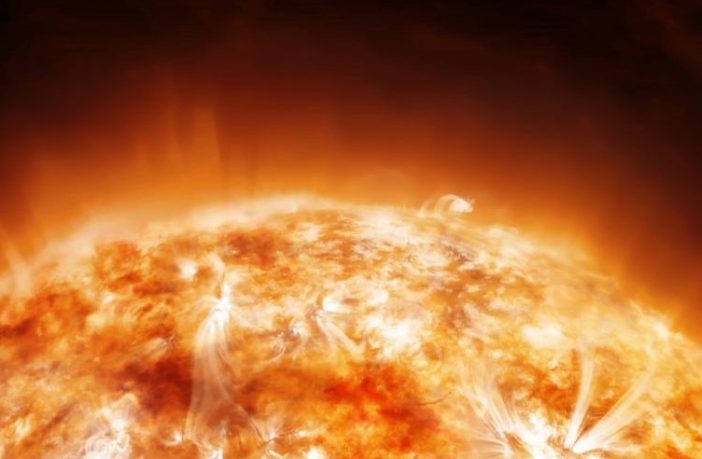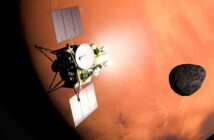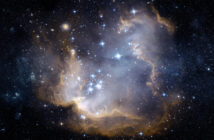A team of international scientists, including academics from the OU, have been awarded £3 million to develop an instrument to research how the Earth’s atmosphere responds to powerful solar winds.
The funding, which is from the UK Space Agency, will support academics collaborating on SMILE (the Solar wind Magnetosphere Ionosphere Link Explorer), a European Space Agency (ESA) science mission, being delivered jointly with the Chinese Academy of Sciences and due to launch in 2022.
Understanding the processes that support life
SMILE will address our gaps in knowledge about the relationship between the Earth and our Sun by generating, for the first time ever, global imaging of the Earth’s magnetosphere and its dynamic response to solar wind (i.e. charged particles emitted from the Sun). The magnetosphere surrounds Earth, protecting it from cosmic particle radiation and solar wind; its ability to protect the Earth is thought to have played a key role in developing an environment able to support life.
SMILE will also provide crucial improvements to the modelling of space weather, which is recognised in the Government’s National Risk Register as a key disruptive threat to UK national technological infrastructure.
“A great opportunity for developing our early career researchers”
The £3 million funding will support three UK academic groups for the next two years to develop the Soft X-ray Imager (SXI) instrument, and is planned to be extended to support the mission throughout its development. Professor of Electro-Optics at The Open University, Andrew Holland, will manage the development of the SXI detectors from Teledyne e2v Ltd, a UK-based provider of cutting edge space technology, which has a separate ESA contract to provide the SXI detectors worth €1.5 million. He said:
We are really excited about the mission, which brings together research expertise into novel space instrumentation, space radiation, and X-ray astronomy to understand the interaction of the solar wind with the Earth’s magnetosphere, and a greater understanding of space weather.
“It will also be a great opportunity for training our research students, and developing our early career researchers.”
Science Minister calls it a “prime example of scientific innovation”
Science Minister, Jo Johnson MP, is fully-supportive of the international collaboration and considers the mission a “prime example of scientific innovation underpinning the broader economy with real-world applications.”



